To those not deeply immersed in US Air Force operations, the 6th Special Operations Squadron (SOS) may appear a bit of an enigma as Commando is most often associated with ground units. The squadron’s title actually derives from roots reaching back to WWII together with hard-fought experience, all leading to a mission that’s responsive to contemporary, global needs. Constituted initially as a fighter squadron, the 6th SOS acquired broad skills extending through Vietnam and beyond, keying on counterinsurgency, special operations, and international advisory assignments. Armed with exhaustive training and comprehensive combat aircraft experience, the primary role of the 6th Special Operations Squadron is to assess, train, advise and assist foreign aviation forces in the use of their aircraft throughout the world. Though initially developed and honed in the chaos of a world at war, the unique skill sets provided by the 6th Special Operations Squadron are particularly relevant for counter-terrorism.
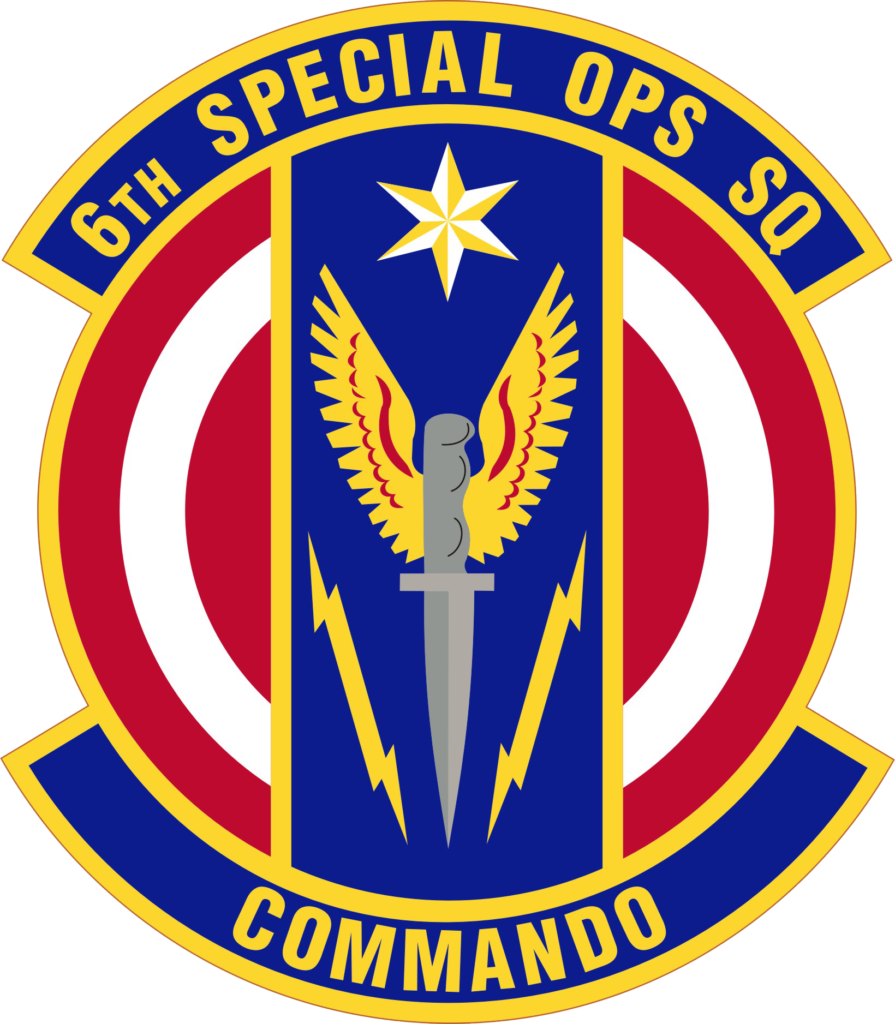
The 6th Special Operations Squadron during World War II
On December 23, 1941, Japanese warplanes attacked the Burmese port of Rangoon. Not long afterward, the Japanese 15th Army began its attempted conquest of Burma (now known as Myanmar), and by March 8, 1942, the city of Rangoon was abandoned with British troops in full retreat back to India. The speed of the Japanese advance stunned the Allies, and very soon, all British and American troops were forced out of Burma. In doing so, the Burma Road, a primary supply route, was cut, and if not for an airlift known as flying the hump could have forced the fall of China. But local geography and Japanese battle tactics compelled British Colonel Charles Wingate to propose fighting the Japanese with hit and run tactics. Using lightly armed Long-Range Penetration (LRP) groups operating far behind enemy lines, these forces would need to be supplied by air with any need for transport and additional firepower. To accomplish this, an assortment of aircraft and pilots were assembled as the 5318th Provisional unit (Air), including C-47 Transports, B-25 Mitchell Bombers, C-64 Norseman, Waco Gliders, P-47, and P-51 fighters, and even the new YR-4 Sikorski helicopter. On March 5, 1944, the first major joint operation began. Code-named “Operation Thursday,” it would test the ability of diverse air and ground elements to work as one. Later that same month, the 5318th Provisional Unit (Air) was redesignated the 1st Air Commando Group; the term Commando intended to engage with Lord Mountbatten, Supreme Allied Commander in the Southeast Asia Theater and one-time commander of British Commando forces. The fledgling unit quickly adopted the motto “Any Place, Any Time, Any Where,” still used today in the Air Commando and Special Operations community.
On September 22, 1944, the unit which would eventually become the 6th SOS was constituted as the 6th Fighter Squadron (Commando) and attached to the 1st Air Commando Group. Flying the P-47 Thunderbolt out of Asansol, Fenny, and Cox’s Bazaar, India, the squadron flew close air-ground support. It provided cover for air transport and resupply missions, bombing raids, troop insertion, and extraction. In May 1945, the unit converted to the P-51 Mustang and continued flying missions until returning home for deactivation in November 1945 alongside other Air Commando units.

The 6th Special Operations Squadron Acquired Broad Skills Extending Through Vietnam
In response to escalating demands of Vietnam, the unit was reconstituted at Hurlburt Field, Florida, on April 27, 1962, as the 6th Fighter Squadron (Commando) and once again assigned to the 1st Air Commando Group. However, the unit’s mission for this incarnation was to train in counterinsurgency (COIN) and unconventional warfare, demonstrating those tactics domestically and abroad. Initially flying a variety of aircraft, including the B/RB-26, U-10 Courier (an unsung hero of Vietnam), and T-28, by early 1963, the squadron adopted the A-1E Skyraider. Serving as advisors to Vietnamese Air Force personnel at Bien Hoa, other squadron personnel trained Central and South American airmen in counterinsurgency tactics, techniques, and procedures. Still, others transferred to form the cadres for new special operations units. By March 1964, the squadron increased manning and deployed to Udorn Air Base, Thailand, to continue training air and ground crews in counterinsurgency operations.
However, by 1968 the tide of war in Vietnam weighed heavily against US forces, punctuated by the Tet Offensive and an ensuing record-high US troop count. To address escalating resource demands, the squadron deployed to Pleiku Air Base, Vietnam, in February 1968 and began flying combat missions in March, including close air support for ground forces, air cover for transports flying Operation Ranch Hand missions, day and night interdiction missions, combat search and rescue support, armed reconnaissance, and forward air control missions. The unit was attached to the 633d Special Operations Wing at Pleiku in July. The same day the unit was renamed the 6th Special Operations Squadron (Commando). During its twenty-one-month tour in Vietnam, the unit earned a Presidential Unit Citation and two Air Force Outstanding Unit Awards with Combat “V” Device. It was inactivated in Operation Keystone Cardinal, the first reduction in US combat air forces in South Vietnam. For the 6th SOS, this enabled the squadron to relocate to England to pursue its earlier training and advisory mission, primarily for Southeast Asia. Redesignated as the 6th Special Operations Training Squadron, by October 1994, the unit had grown and was renamed the 6th Special Operations Squadron once again. Since the squadron has built on their combat and counterinsurgency experience, expanding their advisory role to help US-allied forces employ and sustain their own airpower resources and, when necessary, integrate those resources into joint and multi-national operations.
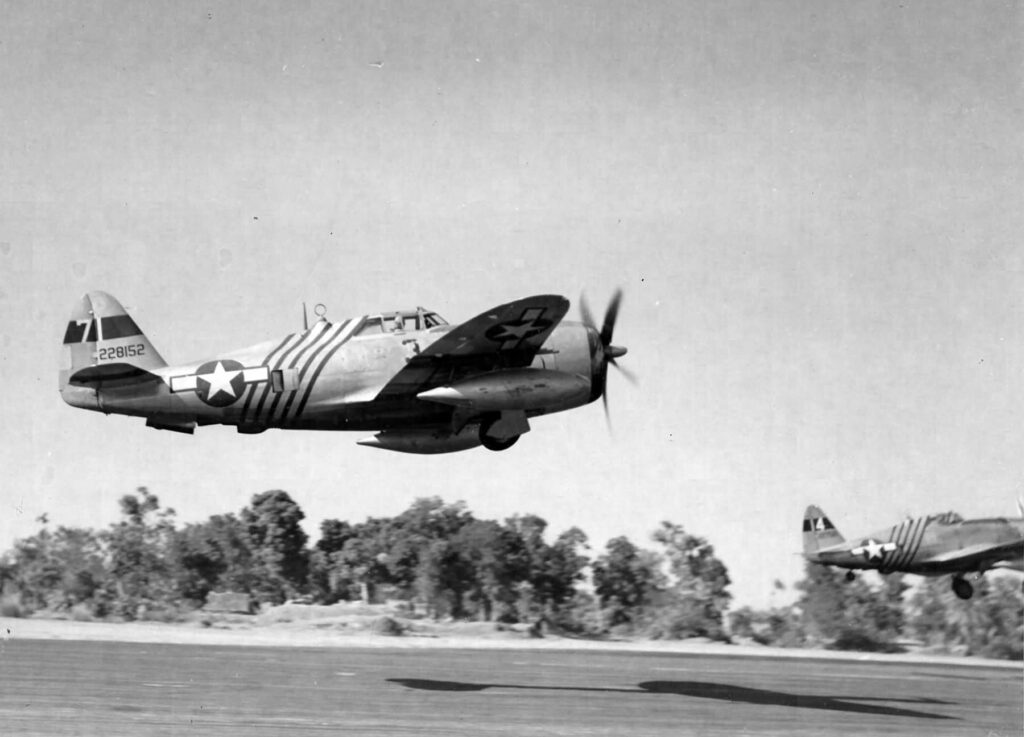
The 6th Special Operations Squadron (Commando) is now an Air Force Special Operations Command (AFSOC) unit, a combat aviation advisory detachment that specializes in Foreign Internal Defense (FID) operations. Its mission is to assess, train, advise and assist foreign aviation forces in airpower employment, sustainment, and force integration. A principal mission objective in all operating arenas is facilitating the availability, reliability, safety, and interoperability of participating foreign aviation resources supporting joint and combined operations. The squadron can also function in a direct-execution role. These airpower training and advisory capabilities are extremely relevant in the Global War on Terror, particularly in cases when US forces have to fight as coalition partners or when allied forces have to carry the tactical initiative with US training and advisory assistance. The squadron has a strength of approximately 105 people.
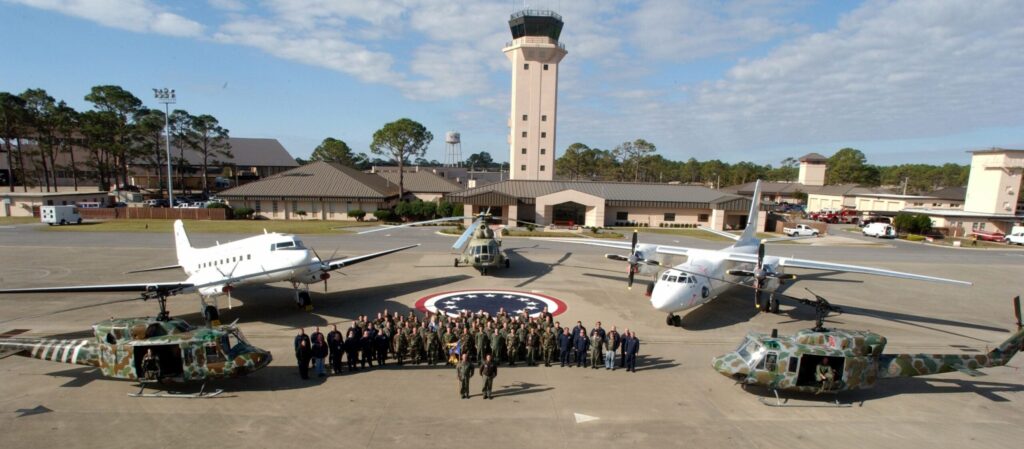
The 6th SOS’s Mission in the World Today
Personnel assigned to the 6th SOS are all required to complete a demanding training and education curriculum intended to produce foreign language proficient, regionally oriented, politically astute, and culturally aware aviation advisory experts. The curriculum provides extensive indoctrination in advanced fieldcraft skills (including force protection and personal survival), instructional skills, risk management, and safety. Squadron advisors, representing 32 separate Air Force Specialty Codes, speak a variety of languages, including Russian, Polish, German, Korean, Arabic, Spanish, French, and Thai. Advisers are trained to fly dozens of aircraft, including all models of the US Huey helicopter, Russian Mi-8 and Mi-17 helicopters (outfitted with “fast ropes” to allow soldiers to descend anywhere from 10 to 90 feet to the ground), the Thai PC-6 Peacemaker, the Jordanian Longsword-AT-802, the Afghan PC-12, and several C-130 models. The 6th SOS has the freedom to modify aircraft to suit the mission without having to go through an arduous approval process.
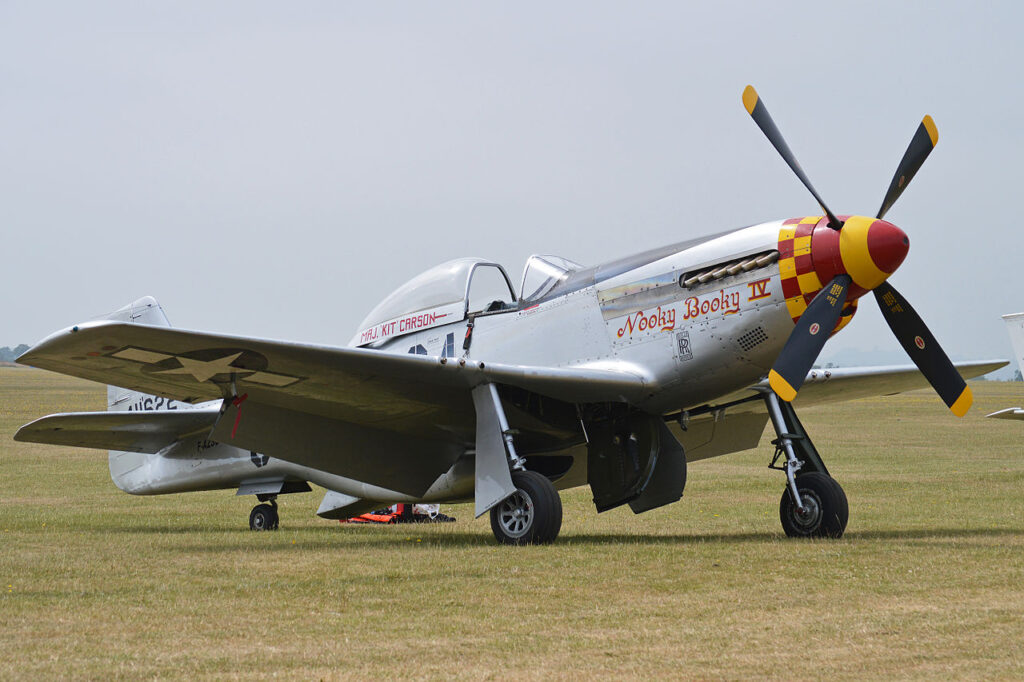
According to retired Master Sgt. Travis Peterson, “The 6th has always been this, almost a bastard child of the services, because nobody really knows what we do. The men and women of the 6th SOS live by a long list of ‘coyote rules’: If you run with the pack, play by pack rules but keep your options open. If you’re in a fair fight, you didn’t plan it properly. When you hunt alone, stealth is your best hope.”
Squadron personnel are currently operating in AFRICOM, CENTCOM, EUCOM, PACOM, and SOUTHCOM. Air Commandos from the 6th SOS usually deploy as Operational Aviation Detachments A and B (OAD-A/B). An OAD-A consists of a 13-man training/advisory team of combat aviation advisors, while the OAD-B provides command, admin, logistics, and medical support to multiple deployed OAD-As. Between 2002 and 2019, squadron OADs deployed to Afghanistan, Pakistan, Georgia, Uzbekistan, Kyrgyzstan, Morocco, Mauritania, Chad, Cameroon, Niger, Tunisia, Yemen, Lebanon, Jordan, Qatar, United Arab Emirates, Korea, the Philippines, Thailand, Malaysia, Sri Lanka, Colombia, Ecuador, Peru, Panama, Poland, Hungary, and Romania.
The 6th Special Operations Squadron (Commando) is by all measures an effective fighting force that has claimed its place on the world stage. From its earliest years in a combat role the men and women of the 6th SOS have fought with distinction, but more, have demonstrated mastery of those skills necessary in leading others to excel. By doing so, bonds are forged that can transcend the mission, a code rooted in mutual trust, respect, and shared values.
Since the US left Afghanistan in August 2021, the stress of knowing former allies are being hunted has taken a toll on many veterans’ mental health, especially those in special operations who worked closely with Afghan commandos. A price unexpectedly but undeniably paid by these men and women, many are continuing to work to save their friends long after the withdrawal.
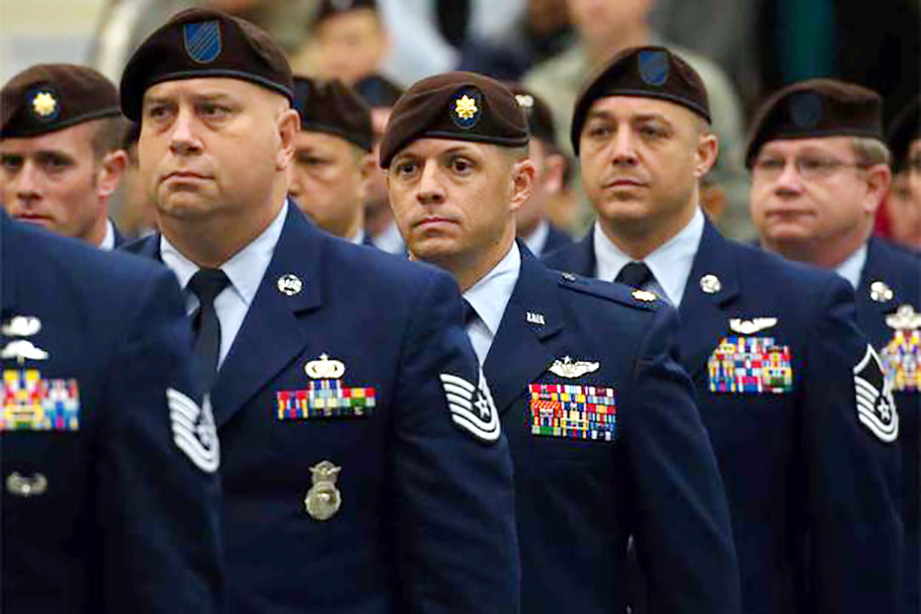
My last assignment before retirement was the 728th Aircraft Control Squadron. This was a position, not a job. To give you an idea of how important this position was, it had been vacant for the past five years! All personnel assigned were basicly air traffic controllers. There were four personnel assigned for “support”. They were 1 – Commander (Maj, Pilot), 1 – Administrator (SMSgt), 1- Security Manager (MSgt), 1 – Medical Technian (MSgt), 1 – Disaster Preparedness Manager (9 level, MSgt). I was responsible for NBC Training, Mobility (packing & processing; the cop & medic had a very strong hand here & continued during my 11 months, mainly because I was on restricted duty and on cruthes of course with my supervision), Advising the Commander (w/o anyone in my position for 5 years, this commander “knew his stuff”). I only had one very important point to correct him on. He was from missouri, I had to prove what I said…so I did! The mission was to have Air Force “field” air traffic controllers deployed with Army units to facilitate air dominance during critical operations. “Kids” were recruited just for this job! They were promised a $50K bonus and to be stationed in FL. They were stationed in Florida, but on temporary duty most of the time (camping out in the “field” with the army (some times not out Army…NATO, & always in every country were scrimmages break out.) At the 2 year point they were always brought back home to receive the $50K bonus. By this point they all were ready to get out. They had to sign up for a 6 year enlistment to get the momey! Wish I had such a deal. One of those high demand, limited capability units. What an experience!